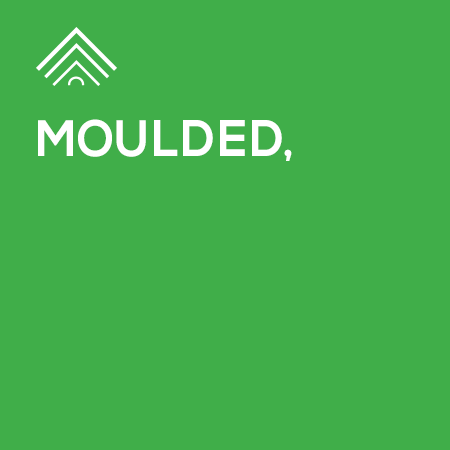When I became the new marketing manager for PVC windows at Rehau Plastic’s North American division in 1985, PVC windows had less than 2 percent market share here, but in Europe PVC was rapidly replacing other framing materials. In North America, PVC now accounts for about 65 percent of the total market. The biggest complaint is that it is now seen as a commodity, and sales margins are accordingly low.
So what is the biggest news on the framing material market? I would argue it is more widespread adoption of large window producers using PVC-based wood plastic composite (WPC) as a material of choice for the high-performance fenestration segment.
Why WPCs?
Aside from product differentiation, the advantages are superior strength, lower expansion/contraction, less heat deformation, better U values and “greenness.” Let’s examine each in turn.
1. Strength
Strength is well known, with most of the fence/deck and rail industry long since moving to composites. There are higher flexural, compression and rupture modulus values. The wood fiber makes profiles stronger, and that means less need for metal reinforcement.
2. Expansion/Contraction
With one-third the expansion-contraction of traditional, hollow-rigid PVC, WPC profiles can have this coefficient be much closer to the glass, wood and metal, to which they must mate.
3. Thermal Conductivity
Then we have K factor, which is the natural heat and cold transmission of any material. We know that real wood is warm to the touch, and that’s good because the K factor for pine is about half of that for traditional, hollow-rigid PVC. That means that in any given profile, R values will be higher for any compound replacing PVC with wood fiber. So again, WPC profiles will reduce energy consumption, and should be the natural progression of extrusion compound materials and the resulting framing.
4. Heat Deformation Resistance
Next is heat deformation resistance. Heat combined with pressure has always been a concern for PVC producers, with the darker colors requiring exterior paint or cladding treatments. With the market share of darker colors increasing in general, and architectural specifications requiring an even greater percentage of dark colors (especially in the high-end market segment), this WPC advantage is one of the most important attributes.
5. Greenness
We know architects are an important factor in high-end product selection, and as a group, they may be more concerned with green issues than the producers of the windows they specify. However, the more important these green issues become, the more important it will be to be able to self-certify your products as sustainable.
This is one reason thermoplastic composites made with a bio-component are more highly regarded than composites that are simply a “composite” of resins. I can envision the time when these products obtain certification for recycled content and sustainability, which is a double advantage in LEED projects.
Also, with WPC profiles you can provide a “done on the extrusion line” surface treatment that is paintable/stainable with ordinary household paints. The profiles can be mechanically fastened or welded. Thickness options vary from “builder’s grade” to premium commercial, and the profiles can be bent for round tops.
Conclusions
So, you are thinking it may be time to plan your next generation of fenestration products. Sure, demand is strong for current products now with low interest rates driving housing starts, and backlogged orders from COVID, but you also know that product development cycles take six to nine months if everything goes well.
In my 20 years with the Royal Plastics Group, we dealt with the complete process of framing material change, including arranging product design, extrusion dies and fabrication dies, in most cases from wood and aluminum to PVC. It may now be time to look at the next generation of framing material choices.


